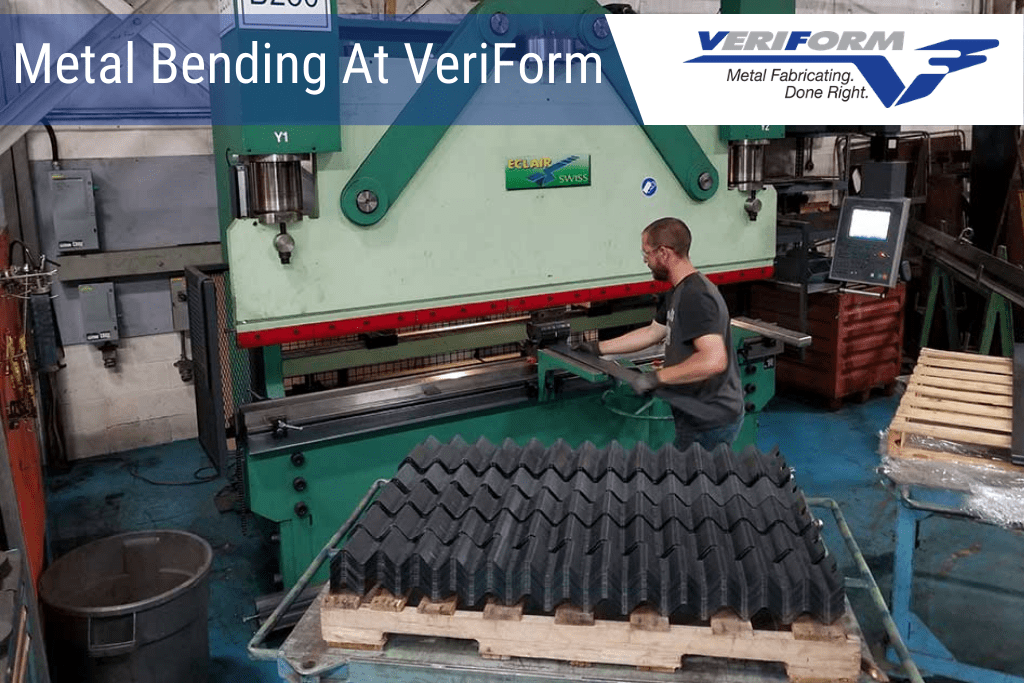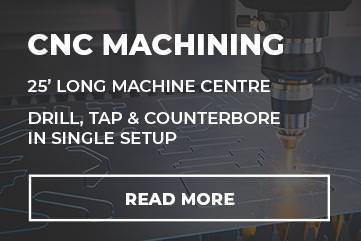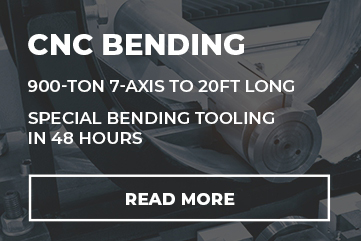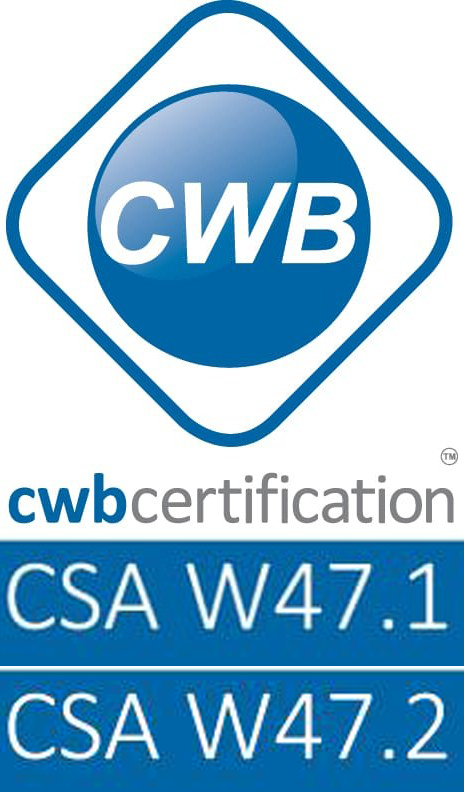News
Metal Bending At VeriForm

The processing of raw metal into functional parts can be complex in some cases. This is why it’s important that experts are consulted during the process, from design up to the final powder coating. Each stage of metal fabrication plays an important role in ensuring the end product is accurate and functional. Metal bending is one such stage that needs to be done with precision, as incorrect bending will interfere with the assembly process.
What Is Metal Bending?
Metal bending is usually done following the welding stage of fabrication. During this part of the process, metal is bent in order to comply with the required shape in a project.
In the majority of cases, metal is bent into one of two shapes. These shapes may include a U or a V. The specific shape depends on how the metal parts will be used and what the function will be. Precision plays a big role when it comes to metal bending. Without adequate precision, the final parts will not be able to fit together as expected.
Metal bending can be complex. An example would be a heavy metal assembly with complex bending processes done by VeriForm. We have also performed bending for smaller parts too, which require even more precision and accuracy.
Types of Metal Bending
While the basics of metal bending remain the same, a variety of techniques can be used. Each technique comes with its own benefits and potential drawbacks. Manufacturers need to understand how each metal bending technique works. This ensures the manufacturing process can be matched with the appropriate option, which will ultimately contribute to the final metal parts’ enhanced functionality.
We’ll take a look at the main procedures used for metal bending below.
- Mechanical Metal Bending: Mechanical bending procedures are not as commonly used as some of the other techniques. A press brake is used in order to assist with the bending process. The major advantage here is improved accuracy when bending the metal. Speed is another benefit that comes with mechanical bending techniques. There are, however, simpler options available that may deliver similar accuracy and speed.
- Hydraulic Metal Bending: The use of a hydraulic press brake system is becoming increasingly popular. This is because more advanced technologies are used in the design of these systems. The technology provides better precision when it comes to bending metal. Hydraulic metal bending is most often used as a method of bending sheets. The precision with sheet bending is superior to many of the alternative techniques.
- Pneumatic Metal Bending: With pneumatic bending procedures, an air compressor is needed. This process is ideal for bending metal sheets. Less pressure is needed in the press brake utilized in a pneumatic bending system. This particular type of metal bending procedure is also considered an ideal option when working with smaller parts.
- CNC Metal Bending: Also called Computer Numerically Controlled bending, this procedure uses multiple brakes and generally features a high load capacity. Accuracy is the main feature of CNC metal bending procedures. Small and larger parts can be processed with the use of a CNC technique.
Apart from understanding the procedures, there are also specific types of bending procedures utilized in fabrication.
Air bending is a particularly popular option that is widely used in metal fabrication processes. The main reason here is because the technique has the least amount of physical contact with the metal sheet. The procedure will only physically touch the metal sheet at three specific points.
Bottom bending and coin bending are two alternative options. They are not as widely used, but there are certain scenarios where these may prove to be more useful. With bottom bending, it is easier to bend metal when a low tonnage is available – at this stage, the tonnage available may not be high enough to create an imprint. Reduced spring back is another important benefit of bottom bending. Coining is a process that will generally be utilized when there is a need for a specific angle.
VeriForm’s Metal Bending Services
VeriForm has been in the business of metal fabrication for more than 20 years. Our experts are experienced in providing metal bending services and fabrication processes for different types of raw metal. Bending, in particular, is a specialty of VeriForm, with numerous projects already completed.
For information on how VeriForm can be a useful asset to your process, visit our official website. You can find examples of past projects completed, as well as get in touch with an expert at VeriForm.
Metal bending is an important part of fabrication, a process where raw metal is turned into parts used in projects and manufacturing. The bending procedure can make use of several techniques to achieve a final form. Both basic and advanced bending procedures are available, which will often be customized to fit a specific manufacturing project’s needs.








